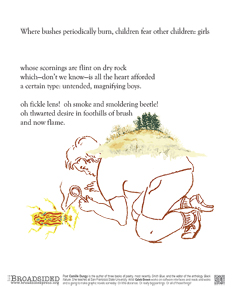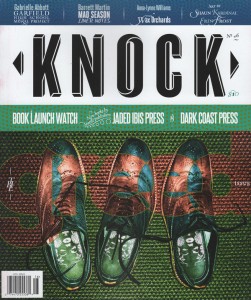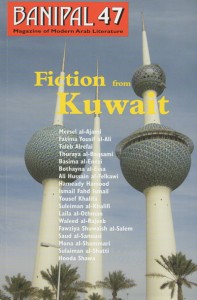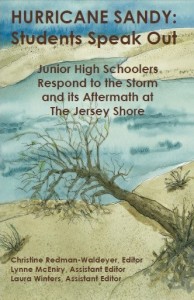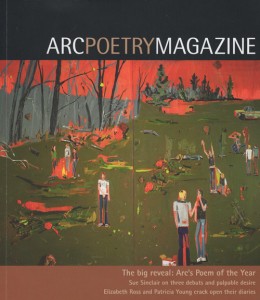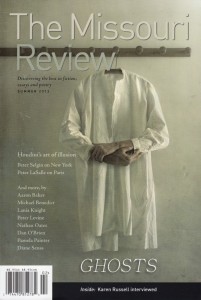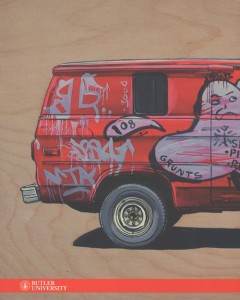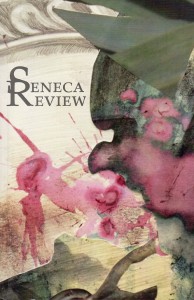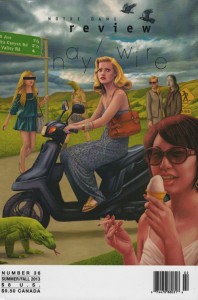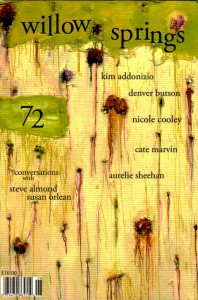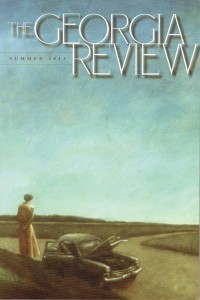Craft Essays: Glimmertrain Bulletin :: August 2013
The August issue of Glimmer Train’s eBulletin features craft essays by writers whose works have recently appeared in Glimmer Train Stories:
Gillian Burnes offers a humorous but pointed commentary (and writers challenge) on the “Two Minds” of writers – free association and restraint. Long division, listing, and narrating the thoughts of a cockroach are just a few of the practices she has put herself through.
In “Poking the Tiger – Thoughts on Characterization and Story-Building,” Daivid Bock writes: “We all carry contradictions and trivialities within us, and not everything has to line up perfectly in a character’s profile. In fact, I’d say the jagged edge of paradox and contradiction brings a character closer to the truth of what it is to be human.”
Also on the topic of character, Tracy Guzeman begins her brief essay with, “I know what my characters look like.” But ends with, “…an elusive and movable object.” The in between is what writers “settle for,” which can, she argues, have great benefit.
And Tom Kealey focuses his essay on dialogue, acknowledging that crossover point where “characters start saying thigns I didn’t quite expect them to say,” and instilling the importance of the reader and writer reconnecting “to the playfulness and power of the spoken word.”
The bulletin is a free, monthly publication.

